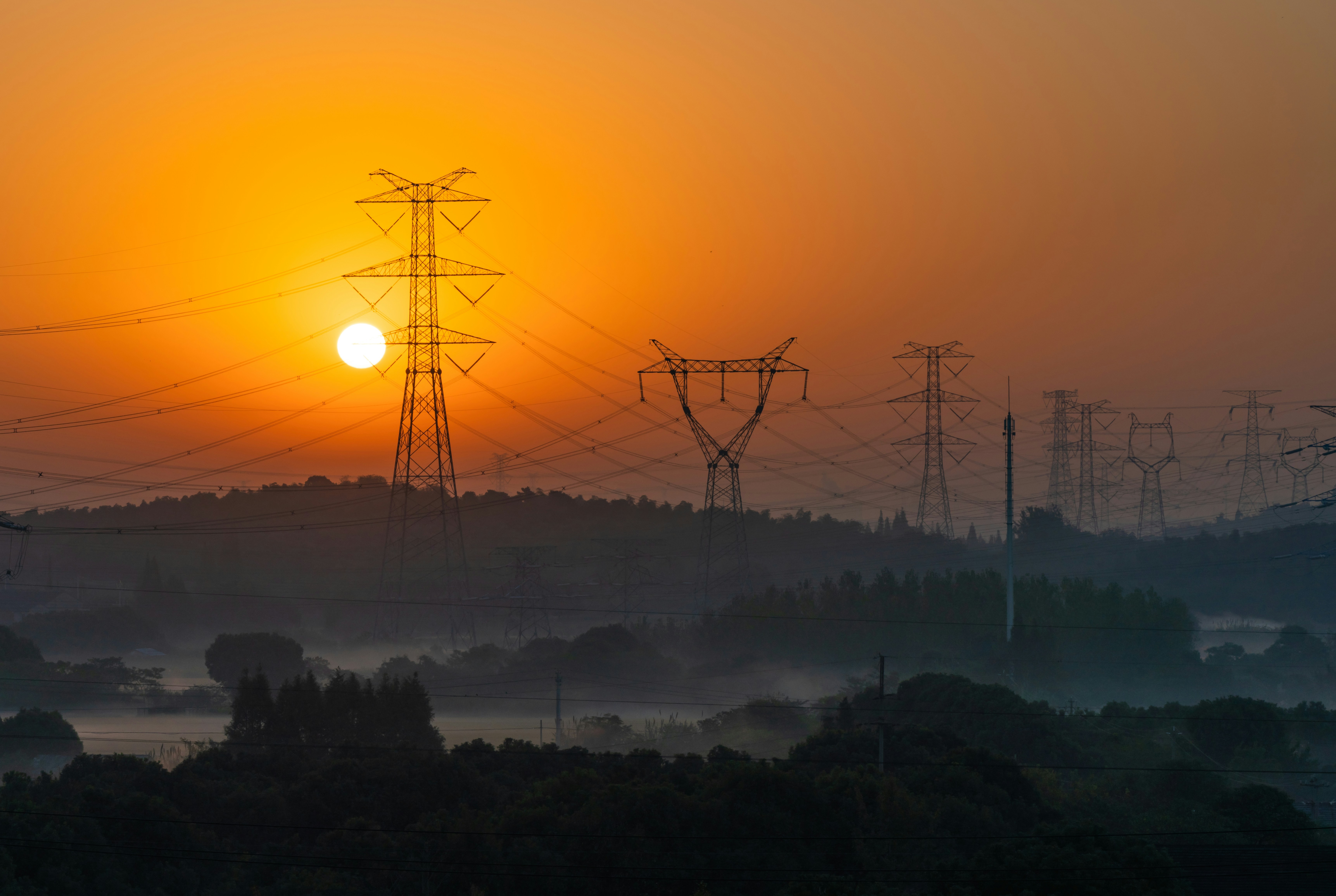
5 takeaways from Intersolar that will affect industrial businesses
Technological developments have important implications for energy supply to industrial consumers
Intersolar Europe is the largest annual global gathering of the solar industry. For more than 30 years, it has served as a hub for the entire solar supply chain, including manufacturers, suppliers, distributors, installers, and project developers. This year, CrossBoundary Energy’s specialists were on the ground to learn about the most recent developments in solar and energy storage technology and how it will affect businesses in Africa and Australia in need of reliable and clean power solutions.
1. Utility energy storage systems are built for maximum energy density, but might not be suited for distributed systems in underserved markets
Various utility-scale battery suppliers now offer standard ~5MWh, 20ft container blocks, ready to be deployed for large-scale storage requirements. But bigger is not always better for distributed and off-grid applications in remote areas: these containers often weigh more than 40 tonnes (when considering liquid-cooled systems), meaning that they would require special shipping, inland transport permits, and road requirements. This makes them particularly difficult to deploy for off-grid applications like remote mining sites.
“Bigger is not always better for distributed and off-grid applications in remote areas – large-scale battery containers are particularly difficult to deploy for large, off-grid applications like remote mining sites”
The introduction of high output modular cabinet-type energy storage systems offers flexibility during transport, allowing the freight weight to be guided by in-country infrastructure limitations. Although on-site installation work might increase in this instance, it allows energy storage to be deployed in the most remote regions of the world. Having the ability to scale these modular systems up to utility size is crucial for the reduction in system costs, allowing end clients to achieve attractive storage tariffs.
2. TOPCon modules have taken the world by storm, but already have some competition
Tunnel oxidized passive contact (TOPCon) modules are poised to gain market majority in 2024. While the rise of the n-type cell technology deployed in TOPCon is seemingly the new standard for the future, several module manufacturers are committing production lines to alternative applications of the n-type cells, predicting higher efficiency rates and lower degradation over time. New TOPCon successors, such as n-type modules that have back contacts (BC) or HJT zero busbar (0BB) modules, claim efficiency rates exceeding 25%, as well as reduced shading losses and increased microcrack resistance.
Since the technology is relatively new on the market and pricing marginally higher than standard TOPCon modules, suppliers will have to back their Research and Development (R&D) with attractive guarantee structures to convince developers and Lender’s Technical Advisors that new module designs are reliable and that the predicted efficiencies and power outputs can be achieved and maintained.
3. Increased module power output and efficiency per m² is leading to a decrease in land usage and associated balance of system cost
Many presenters at Intersolar highlighted increasing efficiencies in solar module technology. Mining and industrial clients benefit when higher bin-class modules are used because less land – a valuable resource – is required to achieve the same kWp generation capacity. Higher module efficiency is also helpful for cost-conscious developers amidst a volatile steel price environment. A reduction in the balance of system components from reduced steel, cabling and mounting structures removes a large portion of risk that would otherwise have to be built into pricing models.

4. Hydrogen is starting to make inroads into the solar space too
The discussion around “green” hydrogen’s applications in various industries from steel manufacturing to mining was discussed by energy storage experts. Hydrogen is a versatile energy carrier that can be produced from various sources. Hydrogen effectively is crucial for its applications as a clean energy source.
Producing hydrogen for energy storage applications has, until now, been rare because existing technology is only affordable at large scale. At Intersolar, it was clear that extensive R&D efforts to achieve deployable/smaller-scale hydrogen storage solutions are leading to reduced fuel cell pricing and more efficient electrolyzers in the near future. Small-scale hydrogen storage – around 1MW – could prove to be an effective and deployable long term energy storage system for distributed energy. Large-scale solar supplier Sungrow announced continued development and R&D into hydrogen energy storage, indicating the increasing interest and investment in the technology.
“Small-scale hydrogen storage – around 1MW – could prove to be an effective and deployable energy storage system for distributed energy”
5. Quality, support, and long-term partnerships are more important than ever
At Intersolar, the solar supply chain appeared large, competitive, and growing. Hundreds of suppliers now produce comparable products that claim to perform equally well, and at similar pricing. The quality and performance of the products over time, as well as the service provided by suppliers, therefore, are the critical differentiators for solar technology. Technical support, manufacturing lead times, and after-sales/operations/asset management support are essential to distinguish Tier 1 suppliers. Choosing the right supplier and building long-term partnerships through continuous collaboration and excellence in delivery will become the key drivers for success.
“The critical differentiators for solar technology are the quality and performance of the products over time and the service provided by suppliers”



